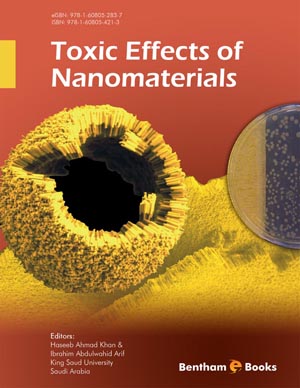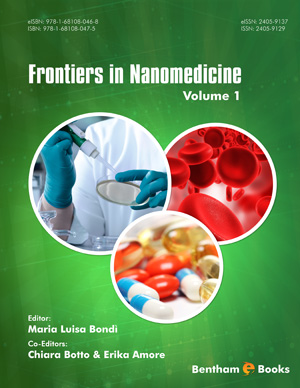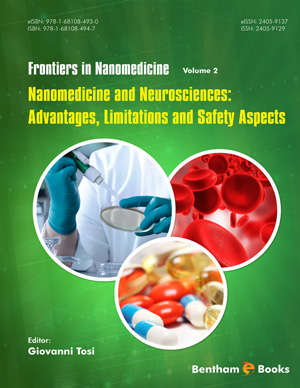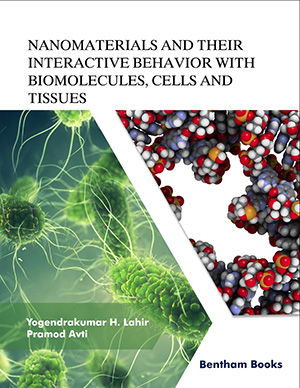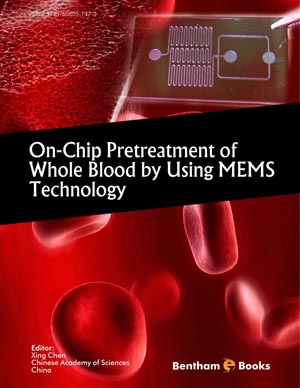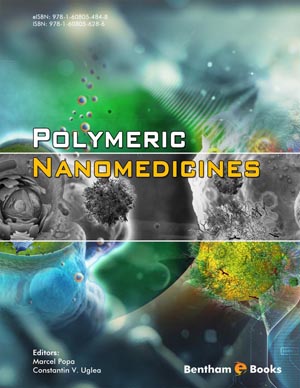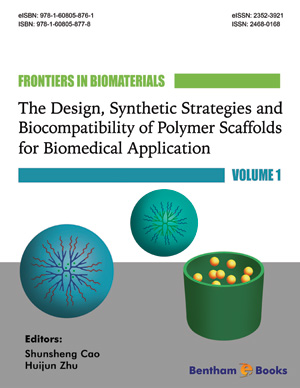Abstract
Increasing application of nanoparticles in consumer products enhances its release into the environment. Plants are the primary target species to work out a comprehensive toxicity profile for nanoparticles. Toxicity profiles of nanoparticles to the plant system, uptake and its subsequent fate within the food chain are not available. The phytoxicological behaviour of silver and zinc oxide nanoparticles on Allium cepa and seeds of Lycopersicum esculentum (tomato), Cucumis sativus (cucumber) and Zea mays (maize) were experimented. The in vitro studies of Allium cepa root tips exposed to a concentration-tested range of 25, 50, 75, and 100 μg ml-1 nanoparticles for 4 h revealed different cytotoxicological effects including mitotic index, chromosomal aberrations, vagrant chromosomes, sticky chromosomes, disturbed metaphase, breaks, and formation of micronucleus. Nanoparticles treated seeds showed reduced germination rate and decrease in shoot and root lengths. Nanoparticles treated seedlings showed reduced shoot and root lengths. The percentage germination of seeds was delayed with increasing concentration of nanoparticles. Though engineered nanoparticles have significant advantage in biomedical applications, it also requires a great deal of toxicity profile on the other side to ascertain the biosafety and risk of using nanoparticles in consumer products.
Keywords: Nanoparticles, Silver, Zinc oxide, Allium cepa, Seeds, Phyto-toxicity, Cyto-toxicity, Surface characteristics, Accumulation, Adsorption, FT-IR, Mitotic index, Relative germination rate, Chromosomal aberrations.


